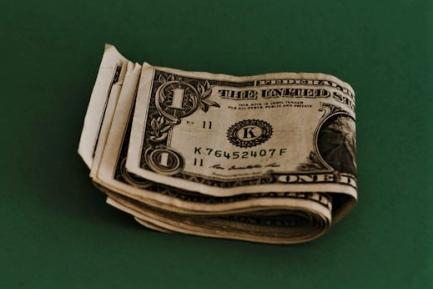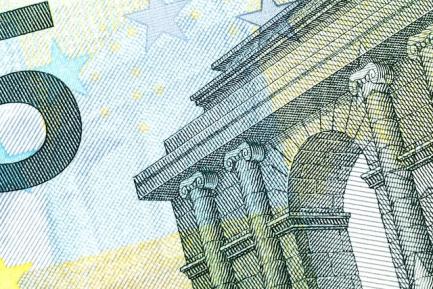The value of the euro has taken pride of place in economic debate over the last few months. Many analysts have argued that its strong appreciation has been counterproductive for the euro area's economy, hindering growth and aggravating the risk of deflation. But how much truth is there in this?
The euro's recent strong performance against the dollar is basically due to the combination of economic policies chosen by the euro area, which have been very different from the set chosen by the US. We should also remember the frequently ignored fact that the euro's value hardly changed in 2012, in the midst of Europe's sovereign debt crisis.
The US and the euro area have differed in both their fiscal and monetary policy. In the area of fiscal policy, Europe chose to quickly consolidate the public deficits caused by combating the recession in 2008 and 2009, while the US took a somewhat more lenient stance. There are even greater differences between the monetary policies implemented on each side of the Atlantic, this being much more expansionary in the US than in the euro area.
Although it is true that the US's more positive growth should push up the dollar, it has also had side effects, particularly in relation to the spectacular trend in the size of balance sheets. As of today, and not including any decisions taken by the ECB on 5 June (after closing this edition), the Federal Reserve's balance sheet has continued to expand while that of the European Central Bank has contracted as Europe's banks have returned the extraordinary three-year funding they received from the institution.
Not that we can call the ECB's monetary policy restrictive, by no means. Interest rates are very low and a large amount of long-term funding is available for financial intermediaries. But it is restrictive compared with US policy. Moreover, as happened in the US, this easy monetary policy has not managed to revitalise the economy immediately insofar as its means of transmission, namely financial institutions, have been blocked and are undergoing restructuring and deleveraging processes.
Although the hesitance shown by Europe's top monetary authority is understandable, the current situation requires more monetary expansion to put the euro on an even footing with the dollar. This renewed expansion could have several effects which would be beneficial for the euro area.
Firstly, it would help to combat deflationary tendencies which the euro area is in danger of falling into again. Inflation for the euro area crucially needs to be closer to 2% to facilitate the adjustments in competiveness between member States, as well as to take some of the pain out of the deleveraging being carried out. A monetary injection would also support the expansion in domestic demand, particularly in those countries that need such a boost the most, where there is a great deal of surplus production capacity.
Lastly, easier monetary policies could also push down the euro against the dollar, although this impact is uncertain. On the one hand, the upswing in the euro area's economy would push in the opposite direction while, on the other, we must also remember that, in spite of complaints about the currency's value, the euro area as a whole still has a current account surplus, an underlying factor that will continue to affect the euro's price abroad.
Jordi Gual
Chief Economist
31 May 2014


